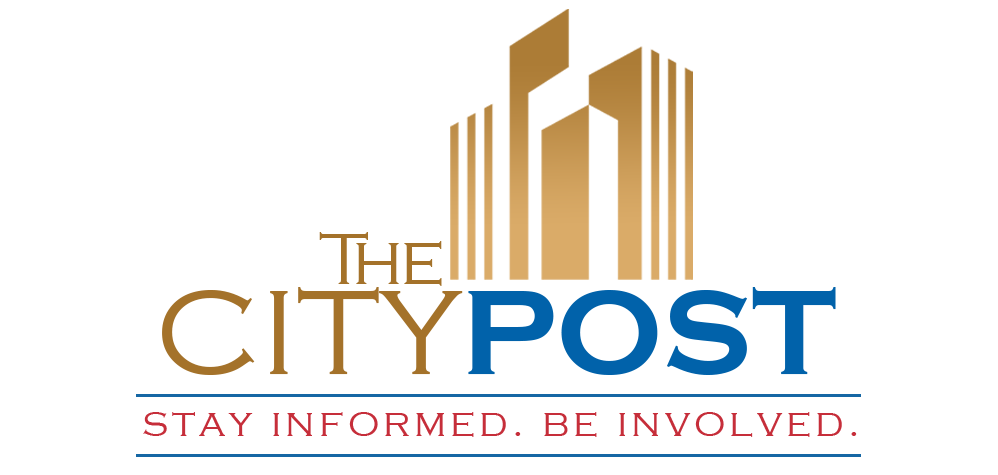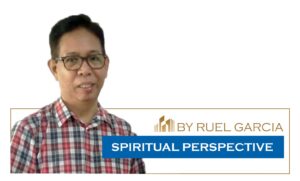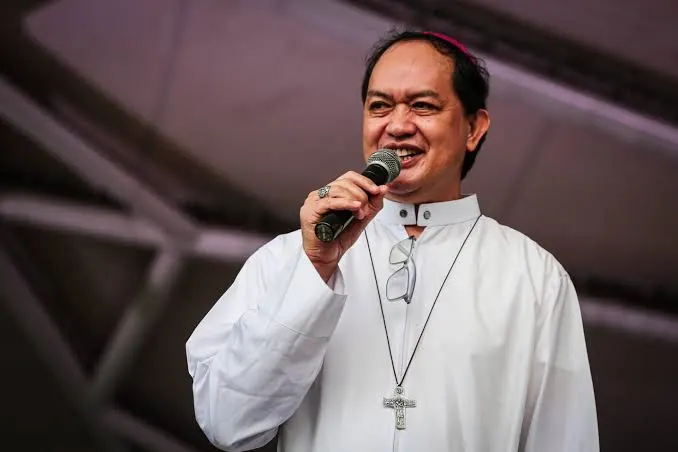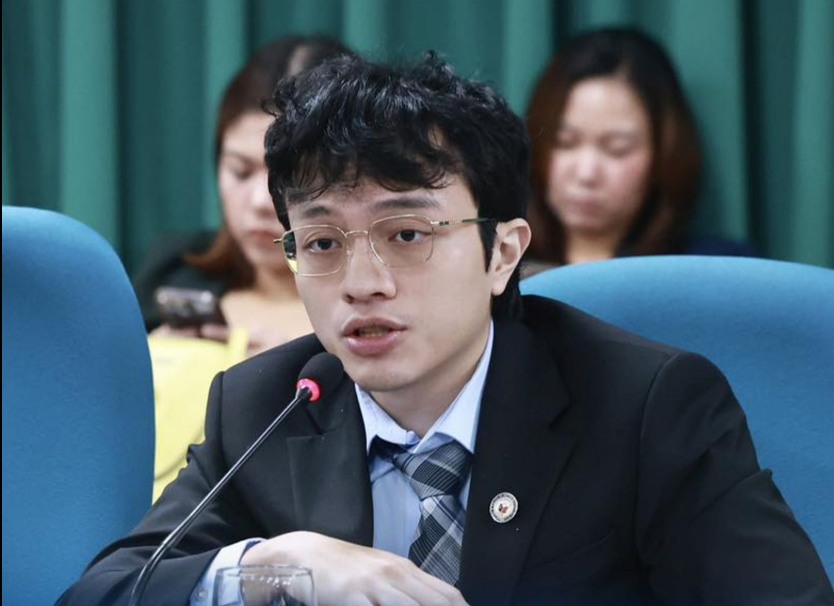Reading:
The first series of this column discussed the monetary and capability approaches. In this second series, I discuss social exclusion and participatory approaches to poverty. Social exclusion and participation are both applicable to poverty reduction. Social exclusion concentrates on discrepancies in dealing with abilities and resources, while the participatory approach looks for a deeper understanding of poverty from the perspective of the poor.
Social Exclusion
Using social exclusion in assessing poverty, the capability approach is failure in accordance with the overall perspective of poverty. Because even the social agent provided training skills to the poor, however, if they were socially excluded from many opportunities and resources, everything was a failure. Therefore, the social exclusion approach is the determining factor to directly configure for the capability approach. We can deny that both concepts are structurally related.
Secondly, social exclusion is relatively connected to different parts of the system. It means it is a multifaceted process, or it involves several aspects in determining poverty. For example, if the poor were provided with training to become entrepreneurs, that’s a capability approach. However, if they had limited resources and marketing opportunities to trade their products and services in the market because established and big companies controlled the resources and market opportunities, then it would be called social exclusion. The arenas of social exclusion might cover economic, social, cultural, and political as well as spiritual.
In short, social exclusion as an approach to reducing poverty is relatively significant because, in this approach, the poor may focus on developing their skills as well as their abilities to gain more access to resources and market opportunities. Competition is soundly open to them, and they have the opportunity to deal with government projects and contracts. Unlikely, some government projects and contracts were awarded to companies controlled by politicians as well as their political cronies.
Participatory Approach
In regards to the formulation of the social exclusion concept, the participatory approach used participatory poverty assessment (PPA). It seems that understanding poverty is multi-dimensional; therefore, PPA is an approach tool to analyze and reduce poverty from the underlying perspective of the poor. PPA seeks to provide actual, concise information about poverty by understanding poverty based on many dimensions, such as social, cultural, economic, political, and spiritual.
This approach, known as popular participation, was utilized by the non-government organization in 1970. Then, it became associated with a grass-roots self-reliance and self-help approach to improving people living in poverty. The Grameen Bank concept of a microcredit and poverty alleviation program in Bangladesh is an example of this approach. Meanwhile, cooperative development, which is widely used in the Philippines, shows an effective and efficient model to empower people living in poverty.
In fact, RA 7160, known as the Local Government Code of 1991, was enacted into law to systematize and redefine the powers of the local government units from provincial to barangay, as well as to empower the communities to participate in governance and the enhancement of local policies. Through this law, the poor were empowered to participate in the political arena, but it set aside the cultural, social, economic, and spiritual dimensions. Despite the fact that poor communities have been empowered minimally, most of the representatives that represent the poor people are relatives of the local politicians. They capitalize on the poor for their own good.
Both approaches—social exclusion and participatory—were actually mainstreamed in government agencies. Many government agencies used those approaches to analyze all related data about the decreasing number of the poor and how to improve the living conditions of people living in poverty. The problem for our government agencies is that if the national leadership changes, then everything must change. So, the sustainability of all poverty-related programs and projects to reduce poverty is uncertain.
Reflection
Exclusion and non-participation are against the will of God. Indeed, Jesus himself allows his disciples to participate in the decision-making process and empowers them to carry out the ministry on behalf of God. Even the followers of Jesus carried out such tasks as spreading the gospel and working out to establish the reign of God. Apostle Paul reiterated to the faithful that no one will take no part in the unfruitful work of darkness; rather, it should expose them (Ephesian 5:11). Exposing those evil forces to their secret of using the poor for their own personal interests is a shameful act. Once we do this, the light of God is visible everywhere.
Finally, God never allows people to live on suffering; instead, the suffering of the people is due to human interest. Poverty was created and designed by humans to maintain and sustain the powerful in power. The mandate of God is the inclusion and direct participation of the poor. God taught the Israelites to become inclusive in dealing with the poor, strangers, and widows because they pretend that they are only chosen people. The Israelites as the chosen people concept is not applicable this time; instead, we need to recognize the whole of humanity as the chosen people of God. If we allow this concept, the suffering of the people prevails. In order to tear this down, American minister Carlton Pearson appeals to all religious churches and institutions to deconstruct the human oppressive system, recreate the world according to God’s creation concept, and reflect on God’s will. From this spiritual perspective, people living in poverty may live accordingly.
Prayer
Almighty God, the Lord of Heaven and Earth! Allow us to live harmoniously without reservation. Through your kindness, please disallow the darkness to cover our dreams and personal intentions. And may Your Spirit always fill us up with good deeds.
We hope for your eternal guidance and assurance of salvation. Amen.
References:
- Caterina Ruggeri Laderchi (2011). Participatory methods in the analysis of poverty: a critical review. New York: World Bank Working Paper Number 62.
- Robert Egwea (2019). Poverty and Social Exclusion. UK: Northumbria University Social Sciences Department
- Ruth Levitas, Christina Pantazis, Eldin Fahmy, David Gordon, Eva Lloyd and Demi Patsios (2007). The Multi-dimensional Analysis of Social Exclusion. Bristol, UK: Department of Sociology and School for Social Policy, University of Bristol
- Amartya Sen (2000). Social Exclusion: Concept, Application, and Scrutiny. Manila: Asian Development Bank




